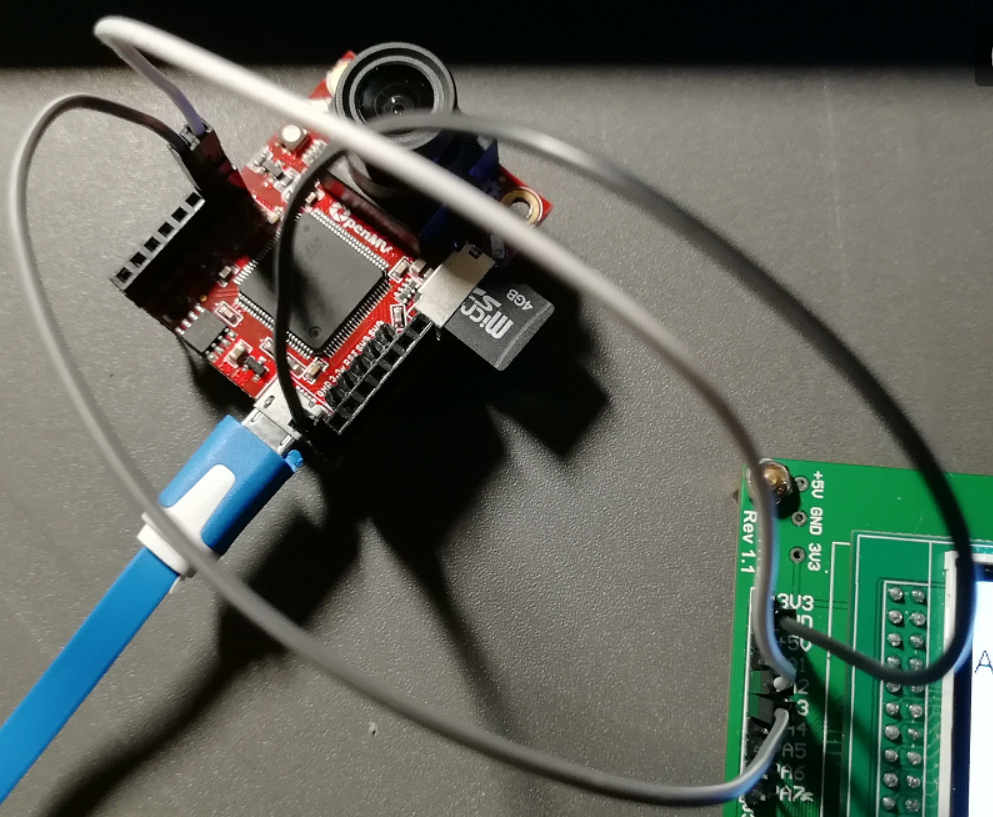我想用OPEN MV串口3接收外界发送的一个信号,判断此信号是否为“PIC”,然后是就通过串口发送一个字符串“Finish1”,不是就发送“Unfinish1”,用串口调试助手调试时发送一个“PIC”,返回一个“Finish1”,但接着返回了很多“Unfinish1”.我猜测是代码中循环时应该在第一个else里把串口关闭一次或者是我的判定有问题。代码如下:
import sensor, image, pyb,time
from pyb import UART
RED_LED_PIN = 1
BLUE_LED_PIN = 3
uart = UART(3, 115200, timeout_char=1000)
sensor.reset()
sensor.set_pixformat(sensor.RGB565)
sensor.set_framesize(sensor.VGA)
sensor.skip_frames(time = 500)
pyb.LED(RED_LED_PIN).off()
pyb.LED(BLUE_LED_PIN).on()
sensor.skip_frames(time = 500)
print("You're on camera!")
count = 0
while(True):
if uart.any():
a = uart.readline().decode()
if a == "PIC":
count = count + 1
sensor.snapshot().save("%d.jpg"%(count))
pyb.LED(1).on()
pyb.LED(3).off()
print("Done! Reset the camera to see the saved image.")
uart.write("Finish2")
print("Send Finish2.")
time.sleep(100)
pyb.LED(1).off()
pyb.LED(3).on()
a = "\n"
else:
uart.write("Unfinish2")
print("Send Unfinish2.")
a = "\n"
else:
sensor.snapshot()
time.sleep(100)
